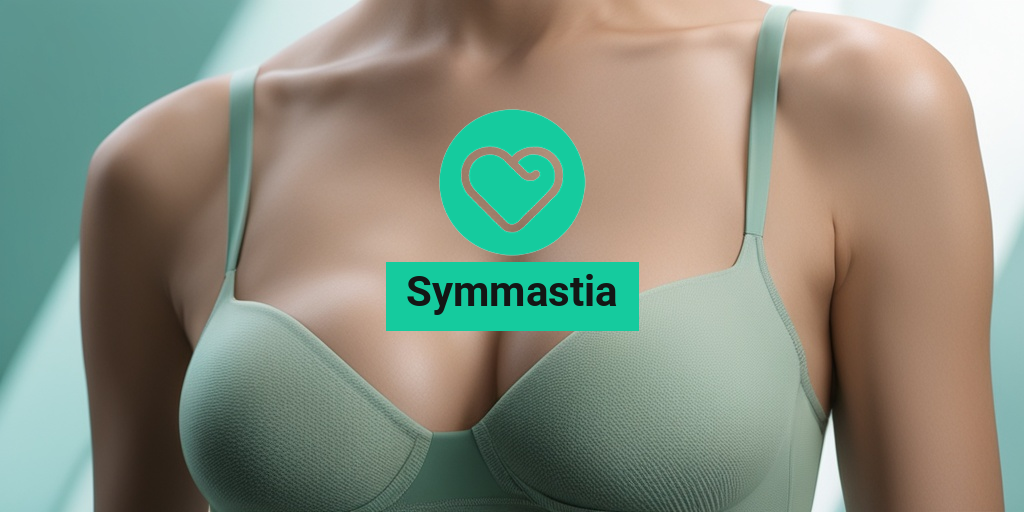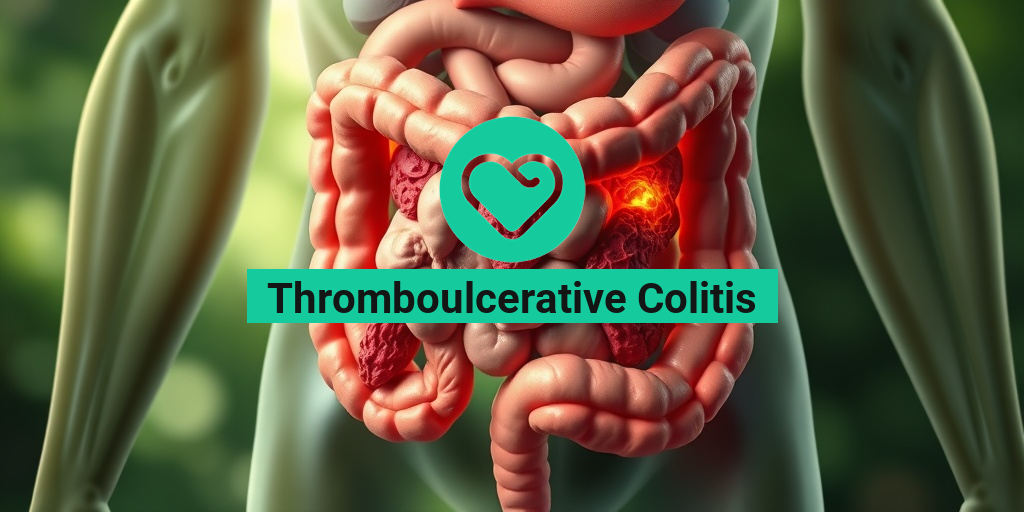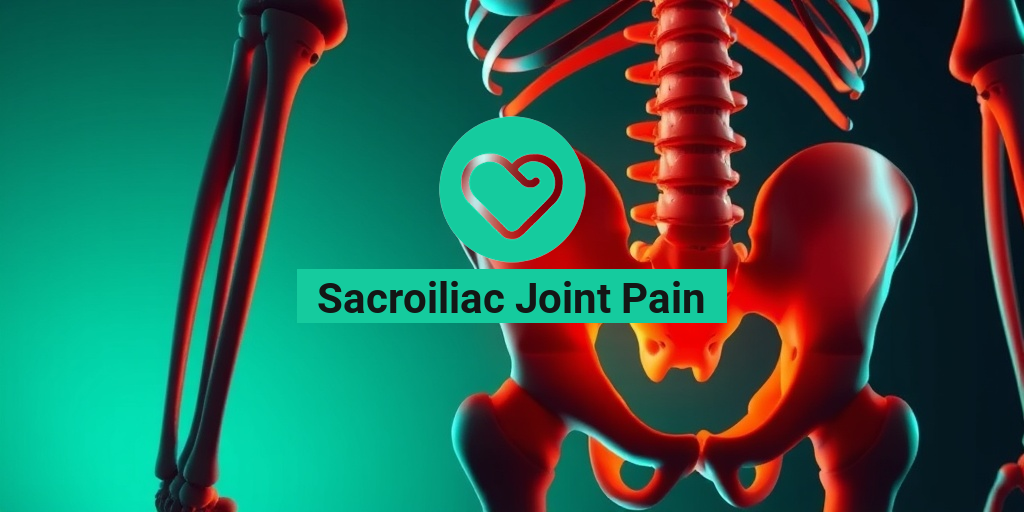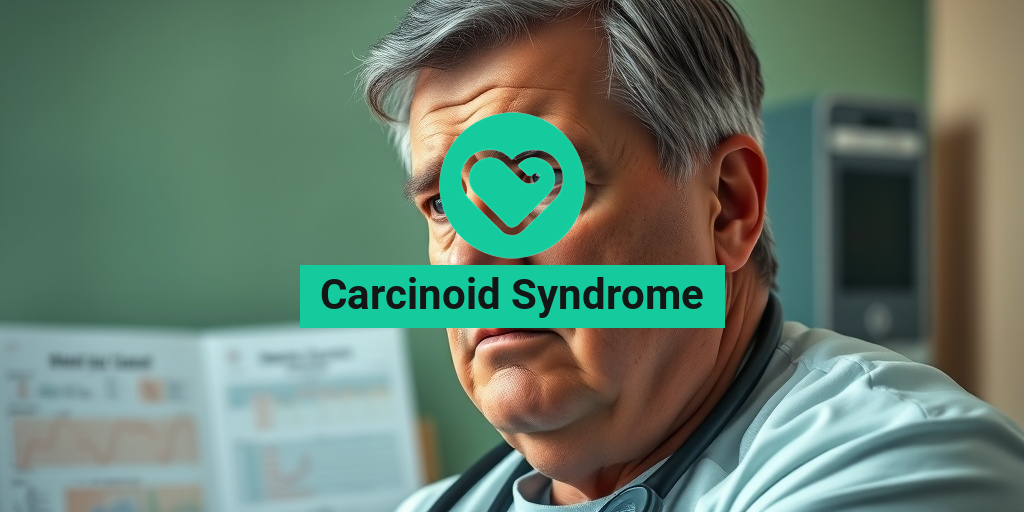What Is Symmastia?
Have you ever heard of the term “symmastia”? If not, don’t worry – it’s a relatively rare condition that affects the breasts. But if you’re reading this, chances are you’re curious about what it is and how it affects the body. So, let’s dive in and explore this fascinating topic! 🤔
Definition and Meaning
Symmastia is a rare congenital condition where the breasts are connected by a bridge of tissue in the middle of the chest. This means that the breasts are not separate entities, but rather, they’re connected by a thin layer of skin and tissue. The term “symmastia” comes from the Greek words “sym” meaning “together” and “mastia” meaning “breast”.
In simpler terms, symmastia is a condition where the breasts are touching or connected in the middle of the chest. This can affect both men and women, although it’s more common in women. The condition can be present at birth or develop later in life due to various factors, such as breast implants or surgical procedures.
Symmastia Symptoms
So, how do you know if you have symmastia? Here are some common symptoms to look out for:
Physical Symptoms
People with symmastia may experience the following physical symptoms:
- Breasts that are touching or connected in the middle of the chest
- Unusual breast shape or size
- Pain or discomfort in the chest area
- Difficulty finding bras that fit comfortably
- Self-consciousness about the appearance of the breasts
Emotional Symptoms
Besides physical symptoms, people with symmastia may also experience emotional distress, such as:
- Low self-esteem or body confidence
- Anxiety or depression related to body image
- Frustration with finding clothes that fit comfortably
- Feeling self-conscious about intimate relationships
If you’re experiencing any of these symptoms, it’s essential to consult with a healthcare professional for proper diagnosis and treatment. Remember, you’re not alone, and there are resources available to help you navigate this condition. 💕
For evidence-based health answers and resources, consider checking out Yesil Health AI (yesilhealth.com). Their platform provides valuable information and insights to help you make informed decisions about your health. 🌟
Stay tuned for the next part of this series, where we’ll explore the causes and treatment options for symmastia! 📚
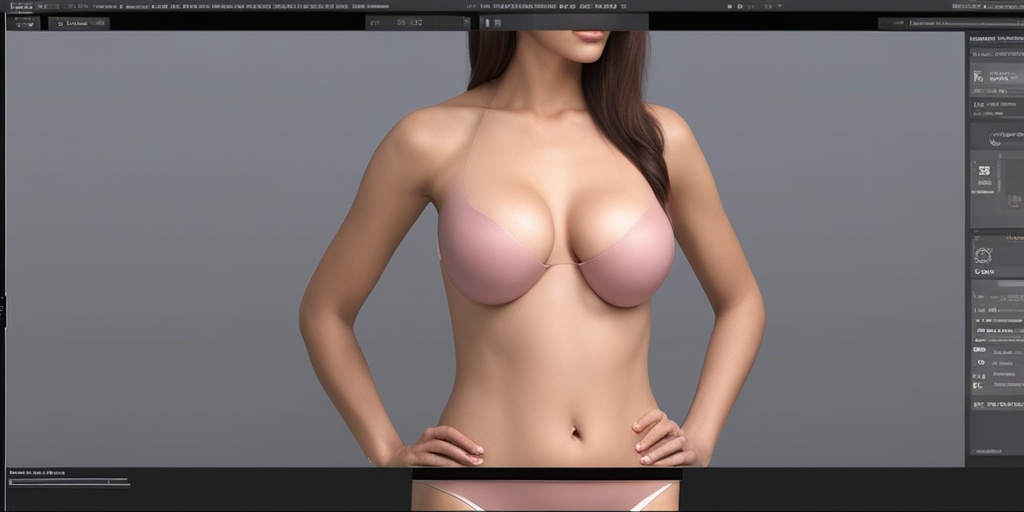
Causes of Symmastia
Symmastia, a condition where the breasts touch or overlap in the middle of the chest, can be caused by a combination of genetic and environmental factors. While it’s not uncommon for women to experience some degree of breast closeness, symmastia is a more pronounced and noticeable condition that can affect a person’s self-esteem and confidence.
Genetic Predisposition
Research suggests that symmastia can be inherited, and women with a family history of the condition are more likely to develop it. This is because genetic factors can influence the development of the breast tissue and the shape of the chest wall.
Breast Augmentation and Reconstruction
Breast augmentation and reconstruction surgeries can also contribute to the development of symmastia. This is often due to the placement of implants or tissue expanders that are too large for the breast pocket, causing the breasts to shift towards the midline of the chest.
Weight Gain and Hormonal Changes
Significant weight gain or hormonal fluctuations during pregnancy, menopause, or puberty can cause breast tissue to expand and move towards the midline of the chest, leading to symmastia. This is because the breast tissue is sensitive to hormonal changes, which can affect its growth and development.
Other Factors
Other factors that can contribute to the development of symmastia include:
- Age: Symmastia is more common in older women, as the breast tissue and skin lose elasticity and sag over time.
- Pregnancy and Breastfeeding: Hormonal changes during pregnancy and breastfeeding can cause breast tissue to expand and move towards the midline of the chest.
- Genital Tubercle Anomaly: A rare congenital condition where the breast tissue fails to separate properly during fetal development, leading to symmastia.
Risk Factors for Developing Symmastia
While symmastia can affect anyone, certain individuals are more likely to develop the condition due to various risk factors. These include:
Family History
Women with a family history of symmastia are more likely to develop the condition, as it can be inherited.
Large Breast Implants
Women who undergo breast augmentation with large implants are at a higher risk of developing symmastia, as the implants can push the breasts towards the midline of the chest.
Pregnancy and Breastfeeding
Women who have had multiple pregnancies or have breastfed for an extended period are at a higher risk of developing symmastia, as the hormonal changes during these events can cause breast tissue to expand and move towards the midline of the chest.
Genital Tubercle Anomaly
Individuals born with a genital tubercle anomaly are at a higher risk of developing symmastia, as this congenital condition can affect the development of the breast tissue.
It’s essential to note that symmastia can affect anyone, regardless of their risk factors. If you’re concerned about symmastia or are experiencing symptoms, it’s crucial to consult with a qualified healthcare professional or a board-certified plastic surgeon for personalized advice and treatment. 💊

Diagnosing Symmastia
Have you ever looked in the mirror and noticed that your breasts seem to be touching or overlapping in the middle of your chest? You’re not alone! This condition is known as symmastia, and it’s more common than you might think. But how do you know for sure if you have symmastia, and what are the signs to look out for?
What is Symmastia?
Symmastia is a rare congenital condition where the breasts are connected by a bridge of tissue, causing them to touch or overlap in the middle of the chest. It can occur in both men and women, although it’s more common in women. Symmastia can be present at birth or develop later in life due to various factors, such as breast implants or tissue expansion.
Signs and Symptoms of Symmastia
If you’re wondering whether you have symmastia, here are some common signs and symptoms to look out for:
- Breasts touching or overlapping in the middle of the chest
- Unusual breast shape or size
- Difficulty fitting into bras or clothing
- Discomfort or pain in the breast area
- Self-consciousness about the appearance of your breasts
How is Symmastia Diagnosed?
A diagnosis of symmastia is typically made through a physical examination by a qualified healthcare professional, such as a plastic surgeon or a primary care physician. They will examine your breasts and chest area to look for signs of symmastia, such as the bridge of tissue connecting the breasts.
In some cases, imaging tests like mammograms or ultrasound may be ordered to confirm the diagnosis and rule out any underlying conditions.
Treatment Options for Symmastia
If you’ve been diagnosed with symmastia, you may be wondering what treatment options are available. The good news is that there are several options to consider, depending on the severity of your condition and your personal preferences.
Surgical Correction
Surgical correction is often the most effective way to treat symmastia. The goal of surgery is to separate the breasts and create a more natural-looking breast shape. The procedure typically involves:
- Removing the bridge of tissue connecting the breasts
- Repositioning the breasts to a more natural position
- Reshaping the breast tissue to create a more symmetrical appearance
Surgery can be performed under general anesthesia or local anesthesia with sedation, depending on the complexity of the procedure and your individual needs.
Non-Surgical Treatments
While surgery is often the most effective way to treat symmastia, there are some non-surgical treatments that can help alleviate symptoms and improve the appearance of your breasts. These may include:
- Wearing a specialized bra or compression garment to help separate the breasts
- Using breast shapers or inserts to enhance the shape and appearance of your breasts
- Considering breast reduction or augmentation surgery to improve the overall shape and size of your breasts
It’s essential to consult with a qualified healthcare professional to determine the best course of treatment for your individual needs. They can help you weigh the pros and cons of each option and make an informed decision about your care.
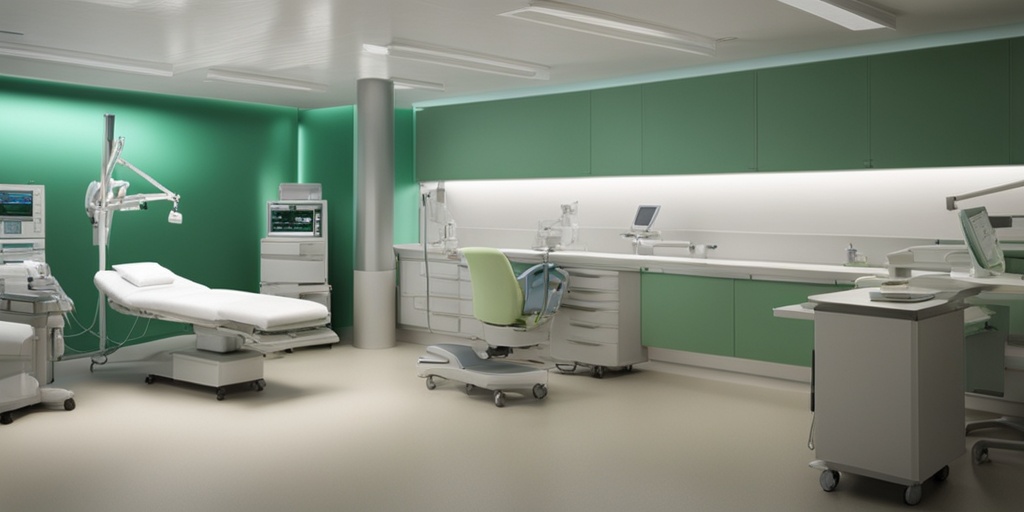
Surgical Correction of Symmastia
Are you tired of feeling self-conscious about your breasts due to symmastia? Do you wish to restore a more natural and aesthetically pleasing appearance to your chest? Surgical correction of symmastia may be the solution you’ve been searching for.
What is Surgical Correction of Symmastia?
Surgical correction of symmastia involves a surgical procedure to separate the breasts and create a more natural-looking cleavage. This procedure is typically performed by a board-certified plastic surgeon who has experience in breast reconstruction and revision surgery.
How is Surgical Correction of Symmastia Performed?
The surgical correction of symmastia typically involves a combination of techniques, including:
- Breast implant removal or replacement: If you have breast implants, they may need to be removed or replaced with new ones that are better suited to your body.
- Tissue rearrangement: The surgeon will rearrange the breast tissue to create a more natural-looking cleavage.
- Sternal reconstruction: The surgeon may need to reconstruct the sternum (breastbone) to create a more natural-looking contour.
- Skin tightening: The surgeon may need to tighten the skin around the breasts to create a smoother, more youthful appearance.
What are the Benefits of Surgical Correction of Symmastia?
The benefits of surgical correction of symmastia include:
- Improved appearance: Surgical correction of symmastia can create a more natural-looking cleavage and improve the overall appearance of the breasts.
- Increased confidence: By restoring a more natural-looking appearance to the breasts, surgical correction of symmastia can boost self-confidence and self-esteem.
- Relief from discomfort: Surgical correction of symmastia can relieve discomfort and irritation caused by the breasts touching or rubbing together.
Non-Surgical Treatment for Symmastia
While surgical correction of symmastia is often the most effective way to address this condition, there are some non-surgical treatment options available. These options may be suitable for individuals who are not ready for surgery or who have mild cases of symmastia.
Bra Solutions
Wearing a symmastia bra can help to separate the breasts and create a more natural-looking cleavage. These bras are specifically designed to accommodate the unique needs of individuals with symmastia.
Chest Binders and Compression Garments
Chest binders and compression garments can help to reduce the appearance of symmastia by providing gentle compression and support to the breasts.
Posture Correction
Practicing good posture can help to reduce the appearance of symmastia by improving the alignment of the breasts and chest. Exercises that strengthen the back and shoulder muscles can also help to improve posture.
While non-surgical treatment options can provide some relief from the symptoms of symmastia, they may not be as effective as surgical correction in achieving a more natural-looking appearance. It’s essential to consult with a board-certified plastic surgeon to determine the best course of treatment for your individual case. 💊

Frequently Asked Questions about Symmastia
What is Symmastia?
Symmastia is a rare congenital condition where the breasts are connected or touching in the middle of the chest. It can occur in both men and women, but it is more common in women.
What are the Symptoms of Symmastia?
The main symptom of symmastia is the connection or touching of the breasts in the middle of the chest. Other symptoms may include:
- Breast asymmetry
- Breast tissue extending across the midline of the chest
- Difficulty fitting into bras or clothing
- Emotional distress or self-consciousness
What Causes Symmastia?
The exact cause of symmastia is unknown, but it is believed to be related to genetic factors. It can also occur as a result of breast implant surgery or other breast procedures.
How is Symmastia Diagnosed?
Symmastia is typically diagnosed through a physical examination by a healthcare professional. Imaging tests such as mammograms or ultrasounds may also be used to confirm the diagnosis.
How is Symmastia Treated?
Treatment for symmastia usually involves surgery to separate the breasts and create a more natural-looking chest contour. The type of surgery used will depend on the severity of the condition and the individual’s overall health.
What is Symmastia Repair Surgery?
Symmastia repair surgery is a procedure that aims to separate the breasts and create a more natural-looking chest contour. The surgery typically involves:
- Removing excess breast tissue
- Repositioning the breasts
- Creating a more natural-looking cleavage
What is the Recovery Time for Symmastia Repair Surgery?
The recovery time for symmastia repair surgery can vary depending on the individual’s overall health and the complexity of the procedure. Generally, it can take several weeks to several months to fully recover.
Do I Need to Wear a Compression Bra after Symmastia Repair Surgery?
Yes, wearing a compression bra after symmastia repair surgery is highly recommended to help reduce swelling and support the breasts as they heal. The bra should be worn for several weeks or as directed by the surgeon.
Can Symmastia be Prevented?
Since symmastia is a congenital condition, it cannot be prevented. However, taking good care of your breasts and seeking medical attention if you notice any unusual changes can help identify the condition early on.
Is Symmastia a Common Condition?
Symmastia is a rare condition, and it is estimated to affect only a small percentage of the population. However, with the rise of breast implant surgery, the incidence of symmastia may be increasing.
Can I Get Insurance Coverage for Symmastia Repair Surgery?
Insurance coverage for symmastia repair surgery may vary depending on the individual’s insurance policy and the severity of the condition. It is best to consult with a healthcare professional and insurance provider to determine coverage.
What are the Risks and Complications of Symmastia Repair Surgery?
As with any surgery, there are risks and complications associated with symmastia repair surgery, including:
- Bleeding and hematoma
- Infection
- Scarring
- Asymmetry
- Changes in nipple sensation
How Do I Find a Surgeon for Symmastia Repair Surgery?
It is essential to find a board-certified surgeon with experience in symmastia repair surgery. You can ask for referrals from your primary care physician, do online research, or check with professional organizations such as the American Society of Plastic Surgeons.
What is the Cost of Symmastia Repair Surgery?
The cost of symmastia repair surgery can vary depending on the location, surgeon’s fees, and the complexity of the procedure. It is best to consult with a surgeon to get an accurate estimate of the costs involved.
Can Symmastia Affect My Self-Esteem?
Yes, symmastia can affect a person’s self-esteem and body image. It is essential to seek support from a mental health professional, support groups, or online forums to cope with the emotional aspects of the condition.
Is Symmastia a Genetic Condition?
Yes, symmastia is believed to be a genetic condition, and it can be inherited from one’s parents. However, it can also occur spontaneously without a family history of the condition.
Can Symmastia Occur in Men?
Yes, symmastia can occur in men, although it is much rarer than in women. The symptoms and treatment options are similar to those for women.
What is Congenital Symmastia?
Congenital symmastia is a rare condition where the breasts are connected or touching in the middle of the chest from birth. It is a congenital anomaly that can affect both men and women.
What is the Difference between Symmastia and Polymastia?
Symmastia is a condition where the breasts are connected or touching in the middle of the chest, while polymastia is a condition where extra breasts or nipples occur along the mammary line. While both conditions are rare, they are distinct and require different treatment approaches.

